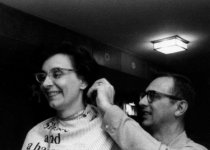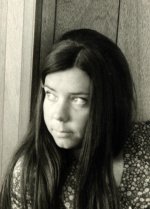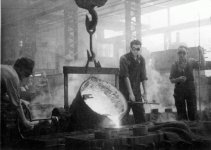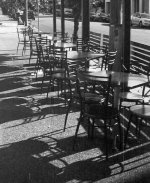The examples posted don't look as sharp as I've seen from a 16P or Ps Minolta. Don't know if this is a scanning issue or the negs are soft. The 16P is fixed focus at 5m (16.4 ft.) and at f3.5, wide open, DoF is stated to be from 10 to 37 ft., this would be for the then 'album' sized print of 3.5X5in. But even if pictures were shot wide open I think they should look sharper. With my Ps I always try to use f8 or smaller for any distant objects I wish in focus.
About the 16II, that model is fixed focus at 2.5m (just over 8 feet) and if shot wide open a distant object will not be sharp. They are hard to source but I'd try to fine the aux lens set that has the #1, #2, and #0 lenses in it. The #0 lens is a minus .25 diopter that will bring focus out to 10m (33 ft.) and will allow infinity focus, or close enough, at all apertures. This set is the most single useful accessory for the 16II in my experience. I often leave the #0 lens on my own 16II all the time for general picture taking outdoors. The #1 and #2 lenses are plus diopters that bring the focus closer than 2.5m.
Without using the #0 lens just use the smallest stop you can if you want the background to have the best detail/sharpness.
The 16P and Ps only had a close up lens set made for them, otherwise the only way to control focus is the choice of aperture.



























